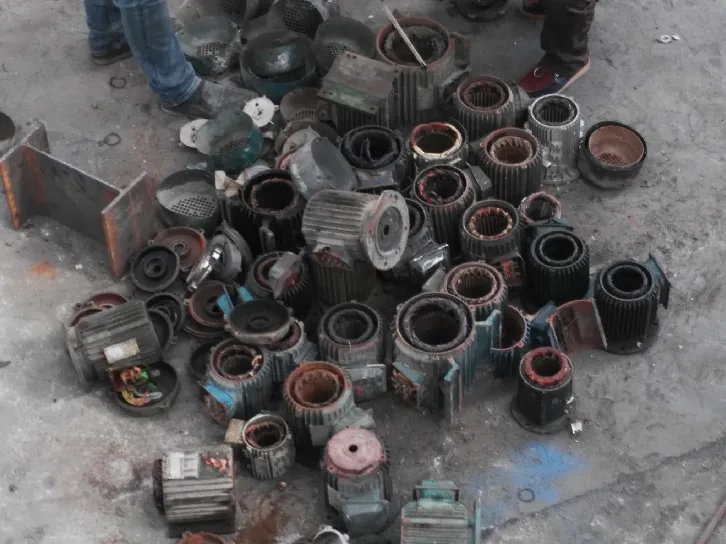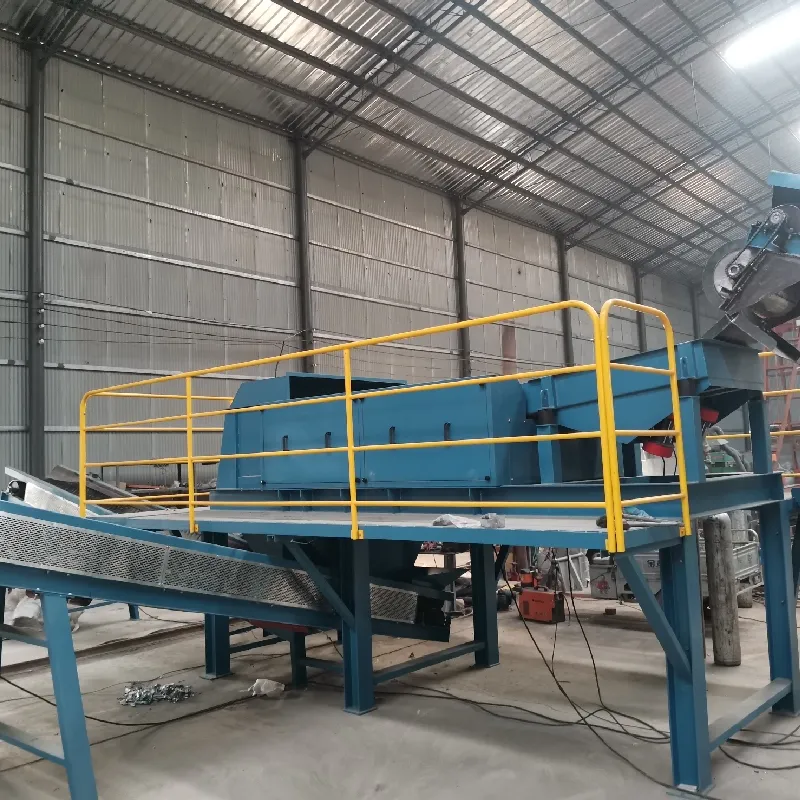The evolving landscape of industrial recycling has brought attention to the crucial role of scrap steel shredders. As instrumental components in turning scrap into reusable materials, these machines serve as the backbone of a green economy. Understanding the mechanics, benefits, and selection of a high-quality scrap steel shredder marks the difference between operational efficiency and environmental responsibility.

Expertise with scrap steel shredders begins with understanding their core functionality. These machines are designed to breakdown bulky steel scrap into smaller, more manageable pieces. By efficiently reducing large volumes of steel, they enhance the ease and cost-effectiveness of transport and melting. This shredding process, which relies on extensive pressure and cutting mechanisms, transforms complex scrap into uniform pieces suitable for recycling processes. With technical enhancements like magnetic separation and sophisticated blade designs, modern shredders not only promote efficiency but also improve the purity of the recycled metal.
The professional realm of scrap steel shredding demands an appreciation for durability and performance. Choosing the right shredder means considering several factors the volume of scrap to be processed, the nature of the steel material, and the shredder's power capacity. High-quality shredders come equipped with wear-resistant components and advanced technological integrations that ensure longevity and robust performance under continuous operation. Furthermore, features such as automated systems can significantly boost productivity by minimizing downtime and human intervention.

In terms of authoritativeness, industry standards and guidelines must be met to ensure compliance and optimal operation. The best scrap steel shredders are those that align with international safety and environmental standards, minimizing emissions and energy consumption. Consulting industry reports and peer reviews provides insights into which models are performing best in the field, supporting informed decision-making. Industry conferences and networking with fellow recycling professionals can also yield valuable recommendations and firsthand experiences.
scrap steel shredder
Trustworthiness in the sphere of scrap steel shredders extends to the reliability and reputation of the manufacturer. Companies with longstanding histories in manufacturing shredders often exhibit greater dependability in product quality and customer support. Reading through customer testimonials and case studies can shed light on the long-term performance of these machines. Additionally, considering products with comprehensive warranties and accessible technical support ensures that investment in shredders is safeguarded.
Real-world experience shared by long-term users reveals significant benefits that serve both economic and environmental goals. Notably, efficient shredding lowers costs related to disposal and secondary metal production, offering savings that underline the recycler’s bottom line. Environmentally, improved recycling rates contribute to the conservation of natural resources, presenting an ethical advantage that aligns with corporate social responsibility objectives.
The choice of a scrap steel shredder is ultimately an investment not just in machinery, but in the environmental and financial health of an industrial operation. By valuing features that emphasize high performance, compliance with standards, and reliability from trusted manufacturers, businesses can achieve sustainable recycling objectives. With ongoing developments and innovations in shredder technologies, the commitment to upgrading systems with cutting-edge solutions will continue to play a vital role in meeting the challenges of industrial scrap management head-on.
In conclusion, the realm of scrap steel shredders is integral to modern recycling industries. As technology advances, the potential benefits continue to expand, making it crucial for stakeholders to stay informed and proactive in adopting solutions that promise efficiency, compliance, and sustainability.


